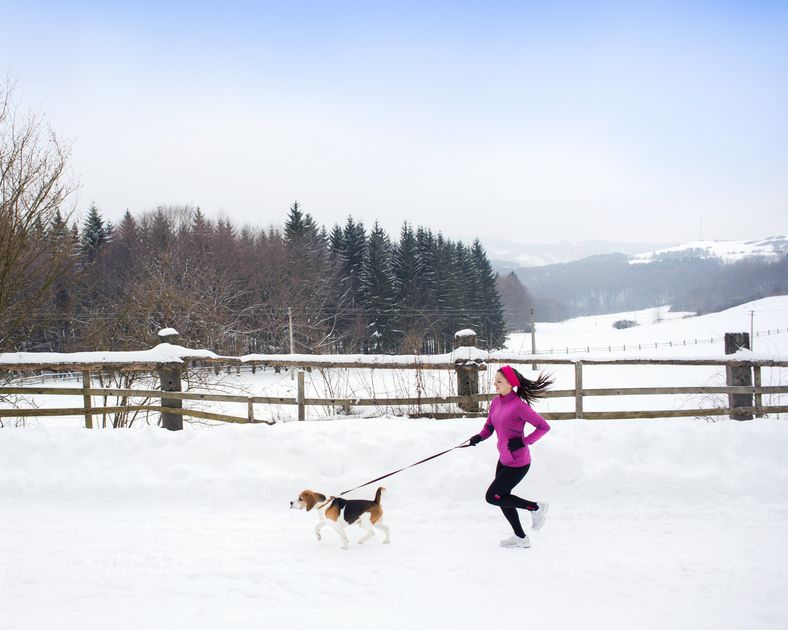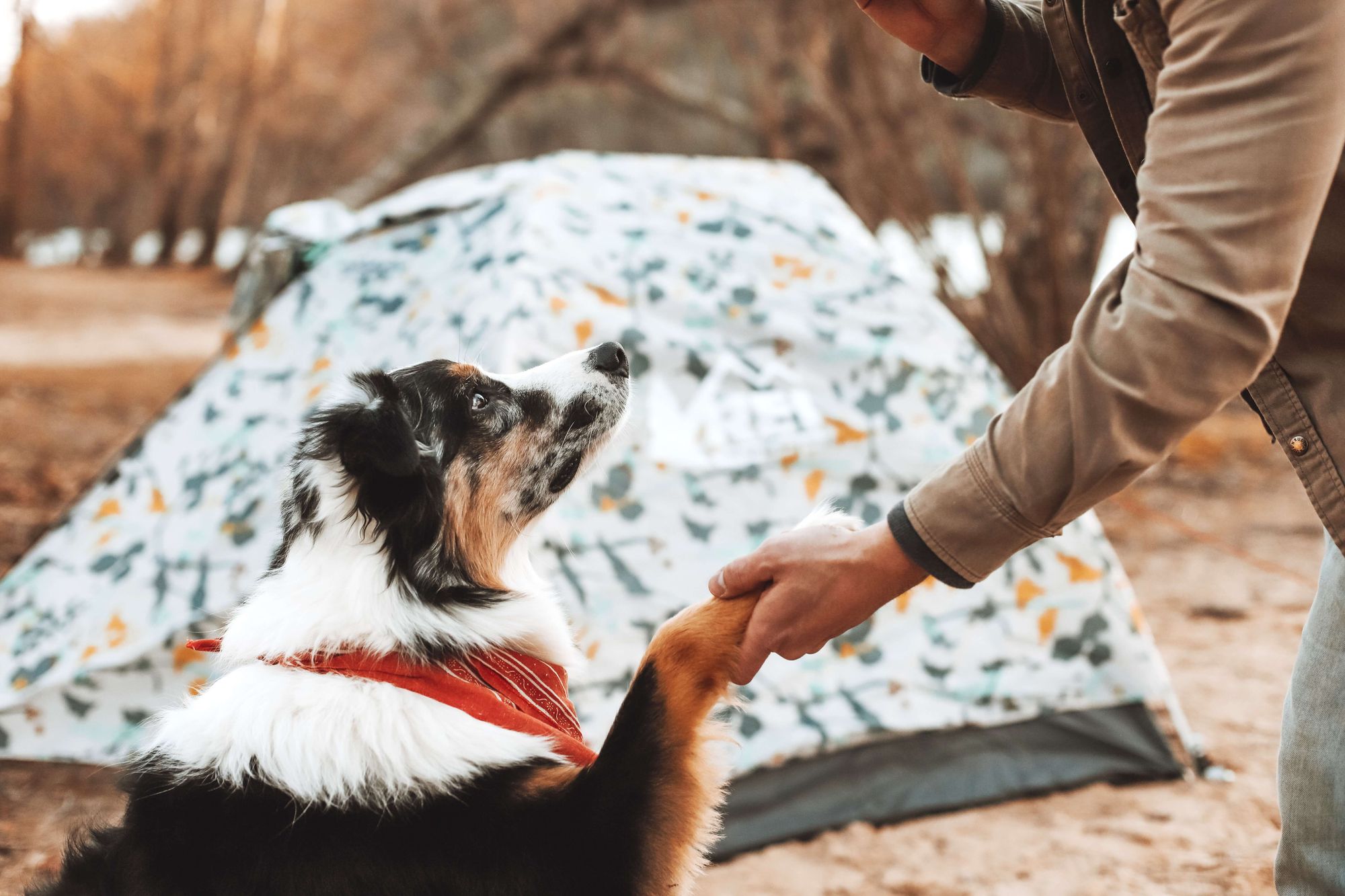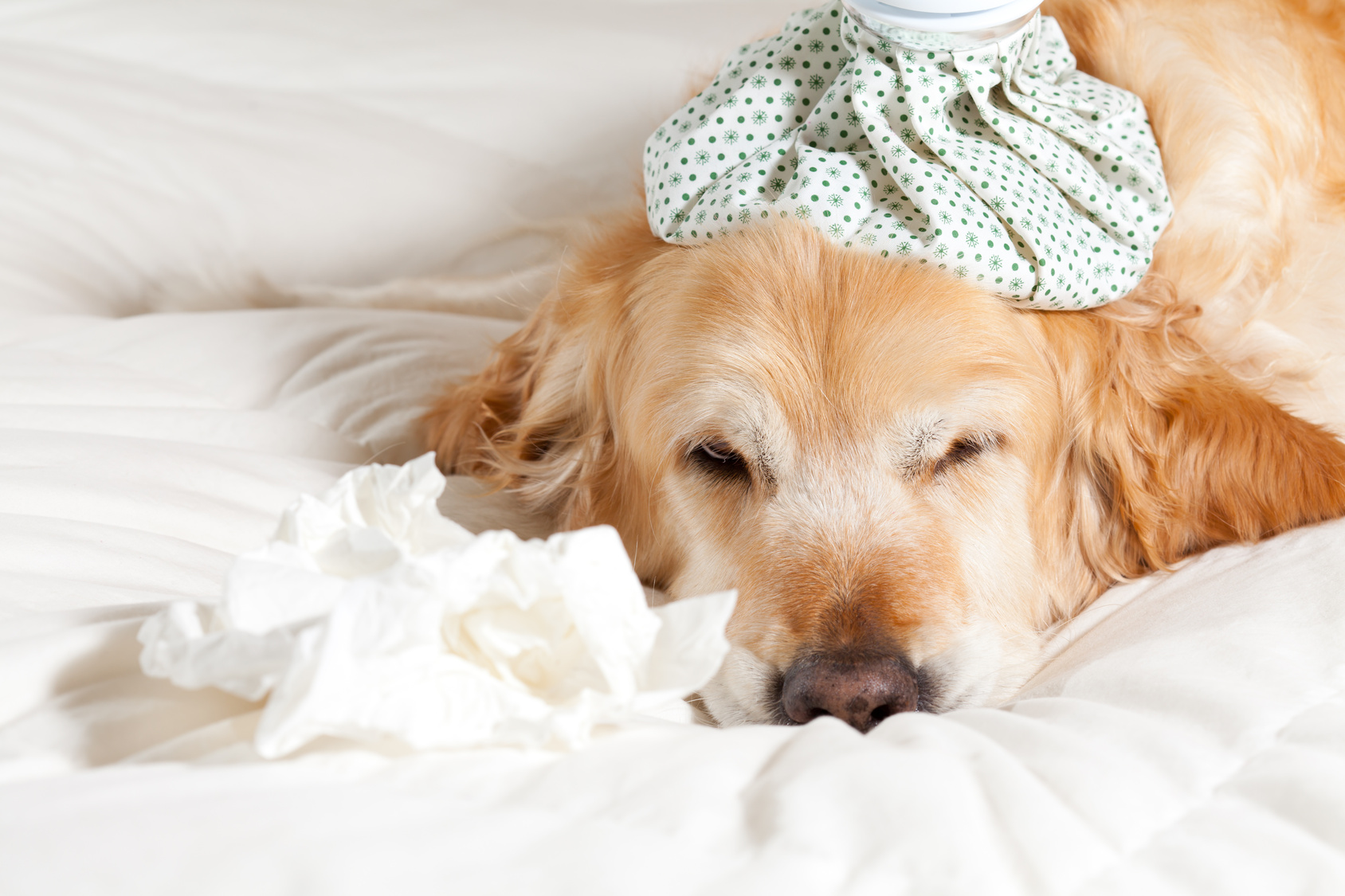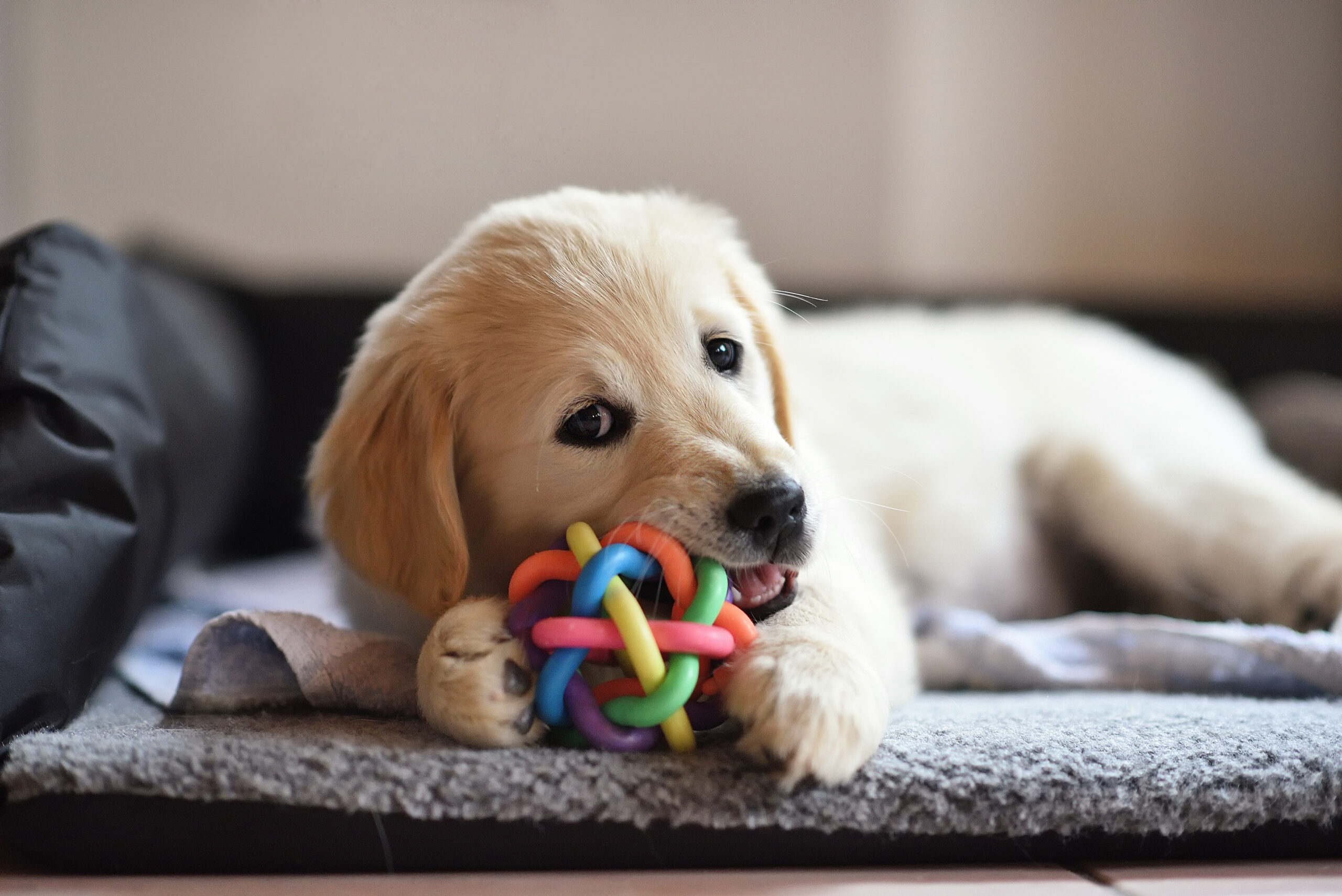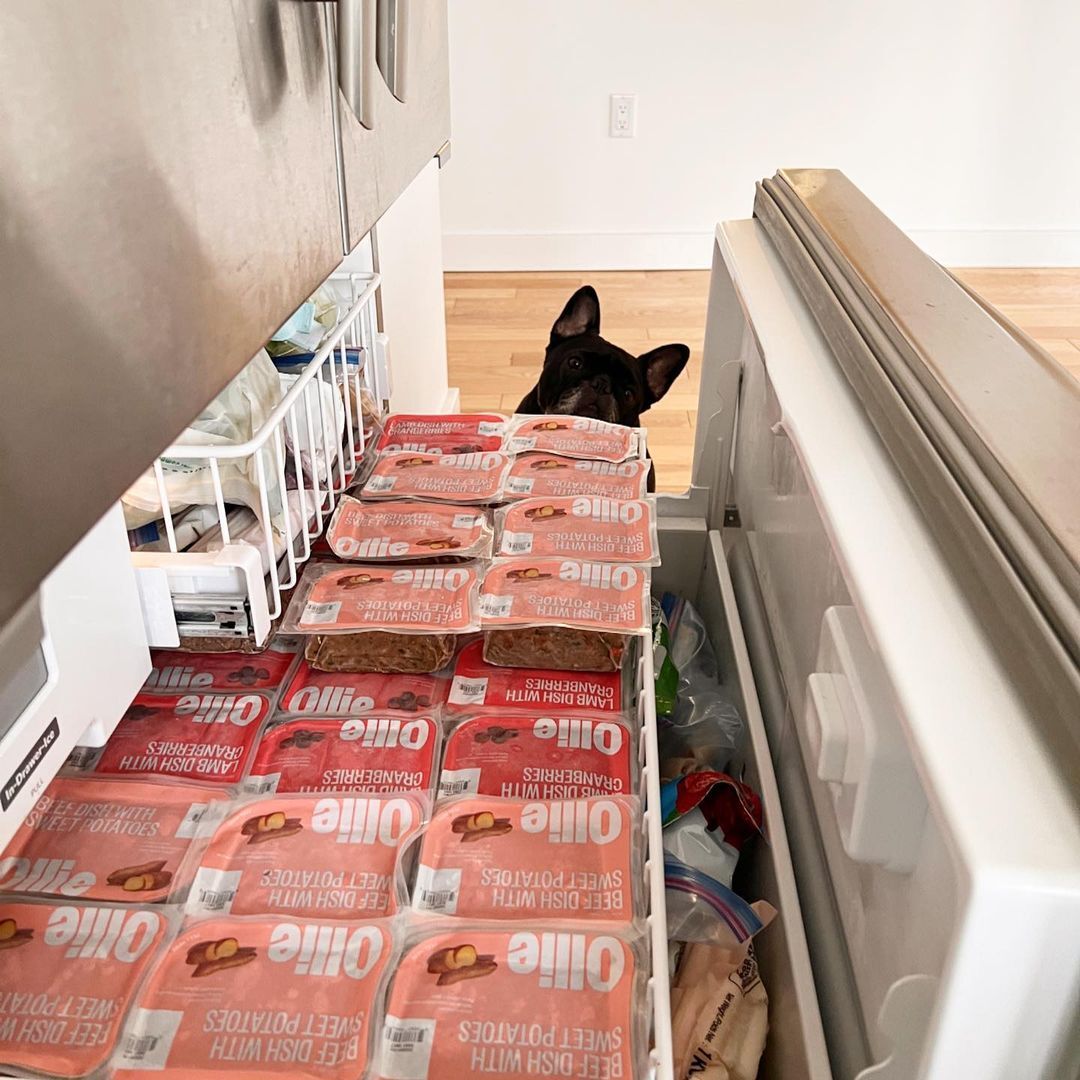Hey Ollie blog readers! We’re offering you an exclusive 60% OFF your starter box! Try now!
When faced with cold temperatures, icy terrain, and shorter days, motivation to exercise can be hard to find in the winter. If you’re an avid runner looking for a bit of extra encouragement to get out the door, your dog can serve as a solid training partner and an inspiration boost. Pups need daily exercise to maintain their weight and stay stimulated—which ultimately leads to better behavior—and that necessity doesn’t change when the temps drop. If you have an age- and breed-appropriate pet suited for running, follow these tips to get the most out of your snowy mileage.
- Make Sure Running is a Good (and Safe) Idea

From English Bulldogs to Corgis to Great Danes, not all breeds have a genetic makeup appropriate for running very long distances. And depending on their age, puppies of all kids may not be ready to tackle a jog yet, and running with them too early could stunt their growth. The general rule of thumb is five minutes of exercise per month of age, says certified dog trainer Siri Zakaras, who owns Life’s Trail Dog Training in Park City, Utah, but that truly depends on the breed. Larger, energetic dogs that are bred for athletic endeavors (hunting, working) tend to be the most natural runners—such as Huskies, Labs, Retrievers, and Cattle Dogs—but keep in mind that it’s possible that your specific pet may not have a tolerance for cold weather. If you’re unsure, check with your veterinarian first.
2. Condition Your Dog Before Increasing Mileage
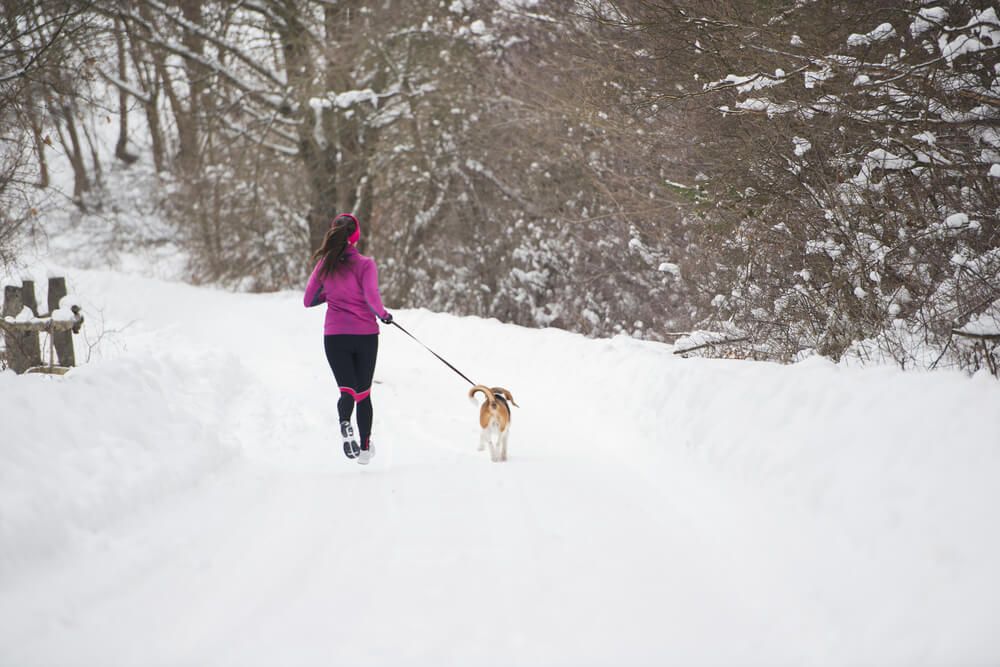
Most people can’t just run 12 miles straight off the couch, and neither can your dog. “You have to train your dog to get to that point,” Zakaras says. “Start with a mile and see how they do. Build them up slowly and pay attention to the wear on their footpads—their feet are a great indicator of when it’s too much, too soon.”
3. Get the Right Gear
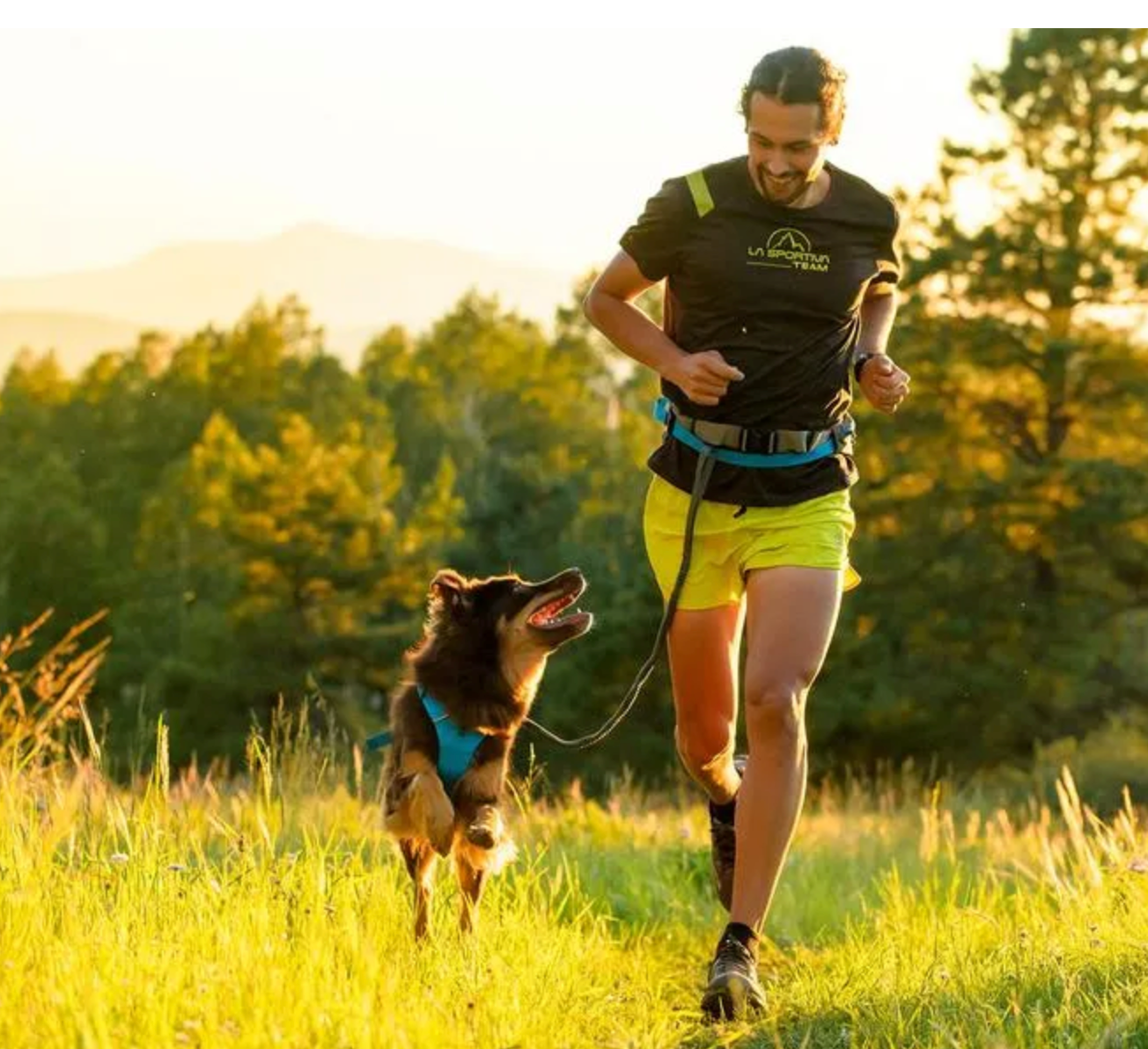
Consider buying a run-friendly leash: a hands-free bungee leash attaches around your waist so you can maintain your arm swing, and a longer, retractable leash will give your dog the option to choose where he wants to run—whether that’s in the snow or on the sidewalk or trail.
If your dog’s soft belly tends to rub against the ground, “coats can definitely be helpful for shorter-haired dogs,” says Beth Efird, owner of Rocky Mountain Dog Runner based in Highlands Ranch, Colorado. In addition to preventing their fur from getting covered in crusty ice or road salt, a jacket constructed with bright material can also double as a reflective device for safety. For non-jacket wearers, invest in a reflect leash or collar if you’re starting or finishing in the dark. As far as dog booties, “I have found them to be harder to use than they’re worth—they fall off, and dogs hate them,” Efird says.
4. Pay Attention to Body Language
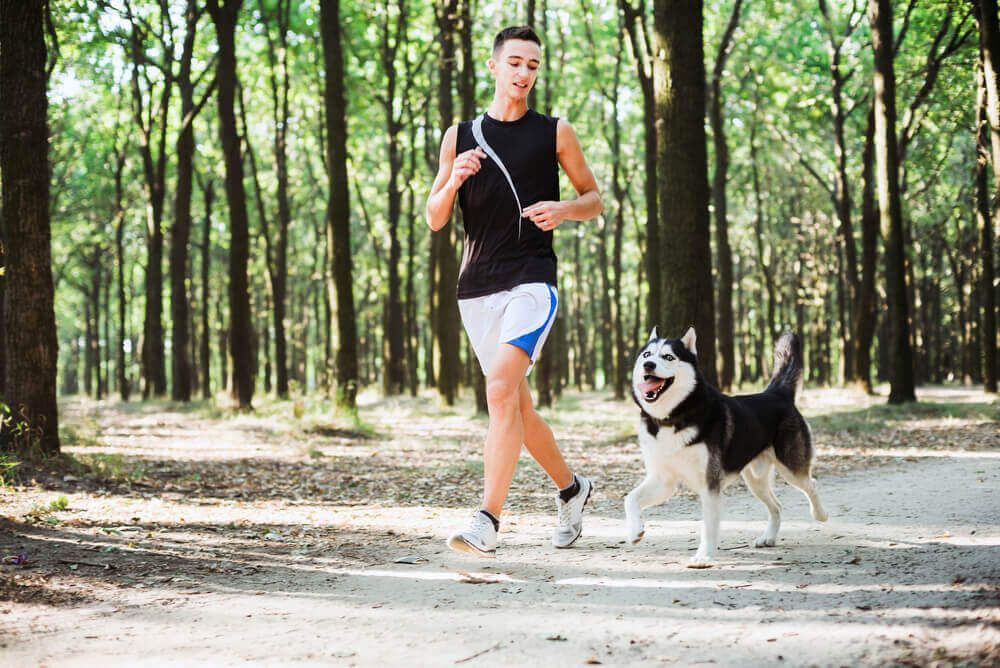
Is your dog shivering? Limping? Keep a close eye on his movements during your runs to make sure he’s comfortable and happy. Zakaras says to watch for your dog pinning his ears to the back of his head or tucking his tail under his body—both are signs of insecurity or fear. “If the dog gets agitated and they start doing something out of their usual habits, it’s almost like they’re having a little temper tantrum,” she says. “They don’t want to listen or stand still because they don’t know what they want to do. They can also get jumpy and barky and can try to bite at the leash if they don’t want to be doing something.”
4. Check (and Protect) Their Paws
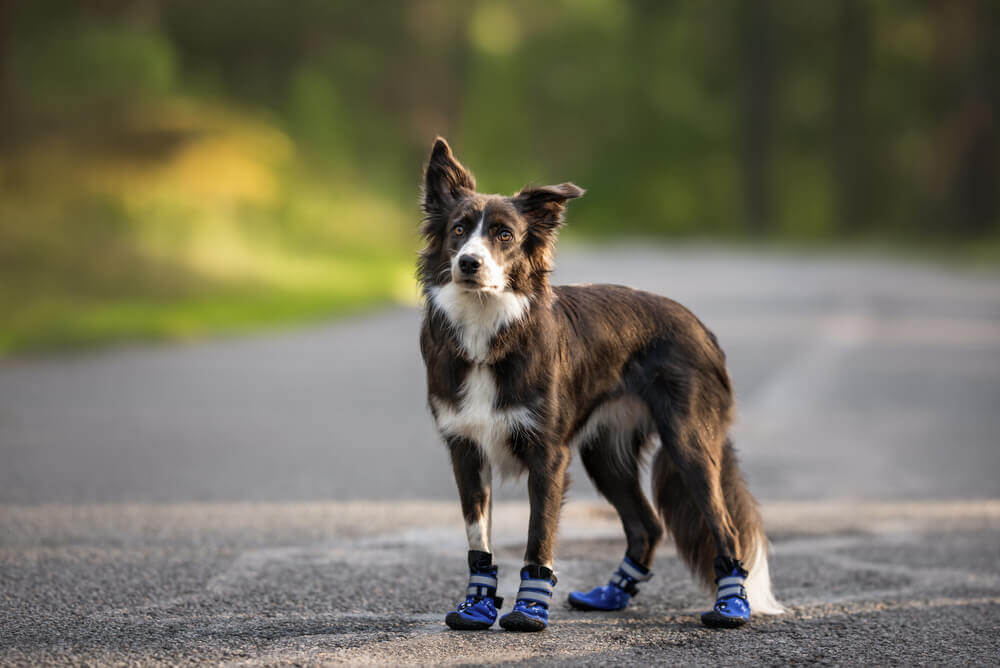
Depending on where you live, watch out for salt on sidewalks and roads in snowy areas. The salt can be toxic and get into the pads of dogs’ feet and irritate them, so you may notice them trying to lick their paws to get it off. When you get home, towel them down and remove any salt or snowballs right away. “A paw wax can be helpful to protect them from cold weather, ice, and salt,” suggests Efird. “I personally have used Musher’s Secret—it is safe for them to lick and won’t ruin floors when they come back home.”
5. Adjust Food Accordingly

Dogs burn extra energy trying to stay warm in wintertime, especially if more running is involved. Check with Ollie’s Canine Care team to see if you should increase your dog’s daily calories to accommodate a winter workout routine. And although cold weather makes thirst less obvious, your dog definitely needs to stay well-hydrated, which will also keep his skin less dry.
6. Consider the Temps

Generally speaking, if it’s too cold for you to run outside, it’s probably too cold for your pup too. “I don’t have a hard and fast rule for temperature, but somewhere around 20 degrees F is where I draw the line and sometimes much warmer depending on the breed,” Efird says.
7. Level Your Expectations
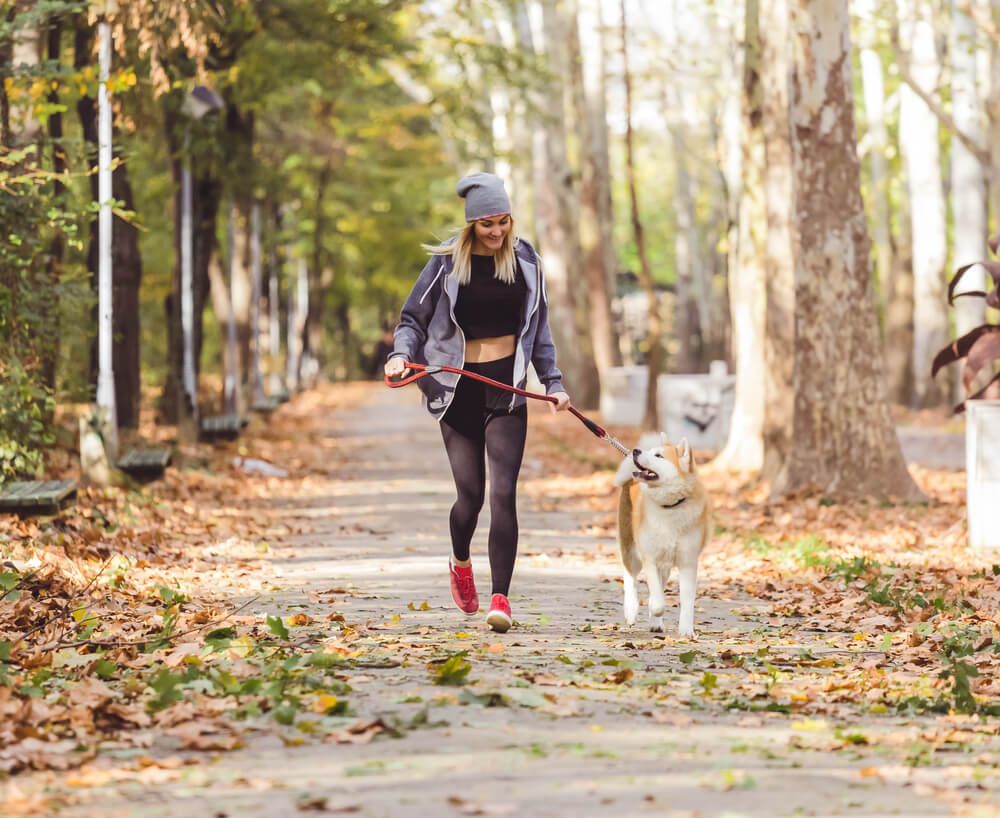
Those 7-minute miles you’re used to cranking out? Those might be a little more difficult with a curious four-legged friend accompanying you. Save your intense interval sessions for when you’re running solo, and when your pup is in tow, anticipate bathroom stops, sniffing diversions, and potential greetings with other dogs.
The Ollie blog is devoted to helping pet parents lead healthier lives with their pups. If you want to learn more about our fresh, human-grade food, check out MyOllie.com.
Tagged As:

The nutrition your dog needs,
the food they want.

Enjoying our articles? Subscribe our Newsletters and get new articles directly to your inbox
You might also like
20 June 2024
9 MINS READ
Owner Guide: New Puppy Checklist
Welcoming a new puppy into your life and home is an exciting time filled with “firsts,” but this magical time also requires careful planning to ensure a positive transition for your pup. Prepa…
by Ollie Pets
22 June 2023
6 MINS READ
Why Are Dogs Scared of Fireworks? How to Help Your Dog Cope With Fireworks Anxiety
Fireworks may be summer’s soundtrack, but these loud and sudden noises signal terror for many noise-sensitive pups. Learn why dogs become so rattled by fireworks and how you can help your pup fee…
4 March 2023
2 MINS READ
Tips for Organizing Your Ollie
Keep your pup’s mealtime routine neat and tidy with these organizing tips and tricks from the Ollie pack.
by Ollie Pets






